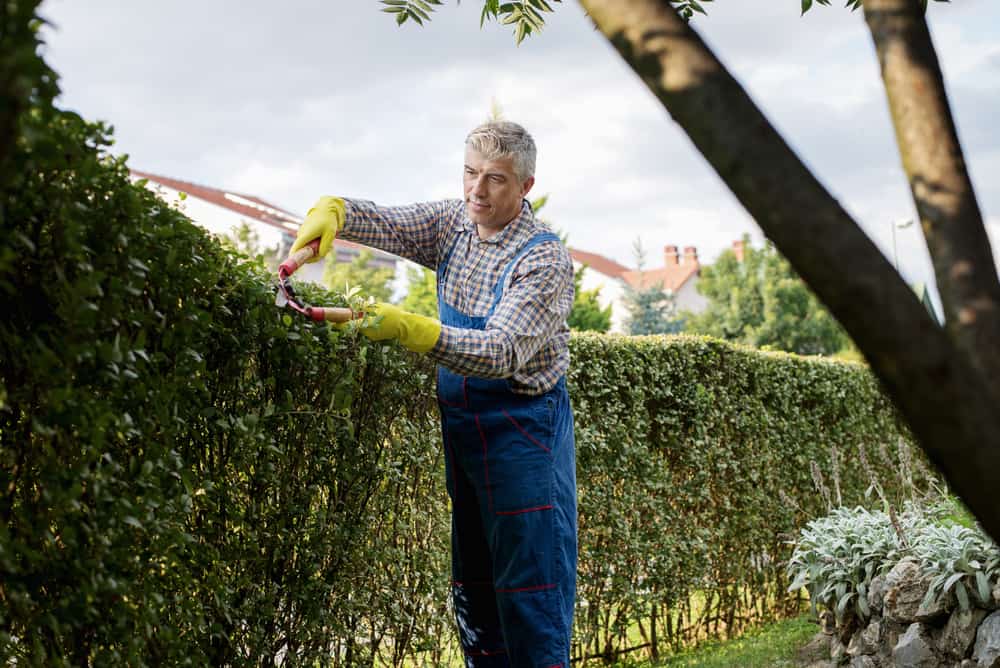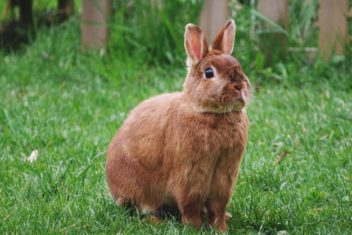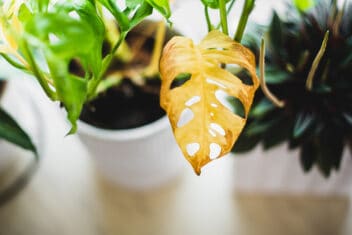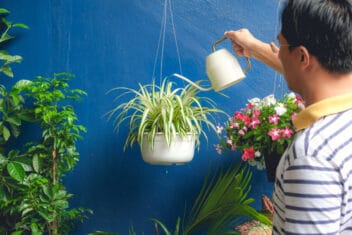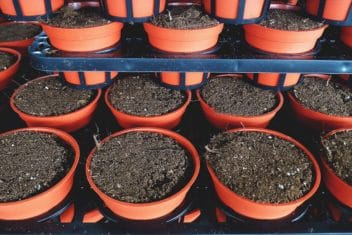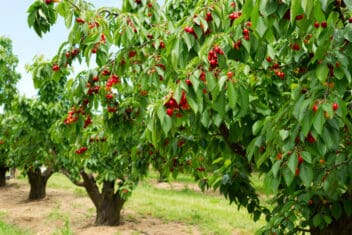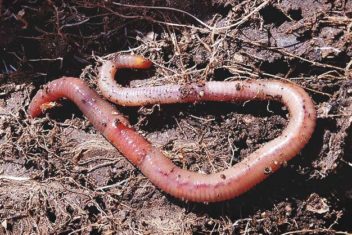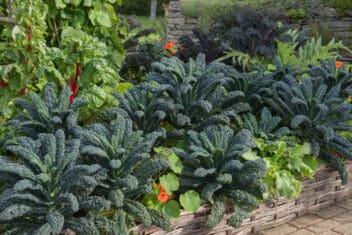Whether you live on a large homestead or have a small spot in a suburb, it’s essential that you feel comfortable. Privacy, keeping out intruders, and keeping pets and livestock where they belong is crucial.
Fences are great, but why not grow a fedge?
A fedge is a cross between a fence and a hedge. It provides privacy and security while maintaining a natural aesthetic. If you use an edible species, it can also provide food.
Here is everything you need to know to make a fedge on your property.
How to Plant a Fedge
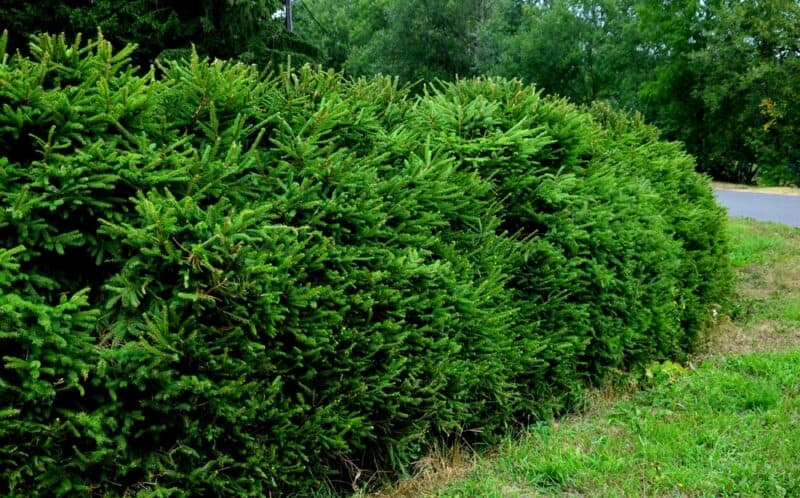
At the most basic, the fedge can make a living fence to keep your animals in and intruders out. It can also give you some privacy. But there’s more than that.
Living plants can help control soil erosion and stabilize slopes. You can also use fedges near water such as streams to prevent damage from the powerful waves. Or use fedges to add a stylish touch to your property.
It’s important to remember that some plants, like willows and blackberries, grow and spread rapidly. Be prepared to control the growth, so it doesn’t end up where you don’t want it.
Generally, people use willow, juniper, Russian olives, or boxwoods to create fedges. For a food hedge, use blackberries (Rubus spp.), high bush cranberry (Viburnum trilobum), goji berries (Lycium spp.), sea buckthorn (Hippophae spp.), or hawthorns (Crataegus spp.).
But really, you can use any tree or shrub that forms a dense barrier. Work with what you have!
Just be mindful to use plants that work well in your climate and, if you combine species, make sure they thrive in similar conditions.
Plant Your Rows
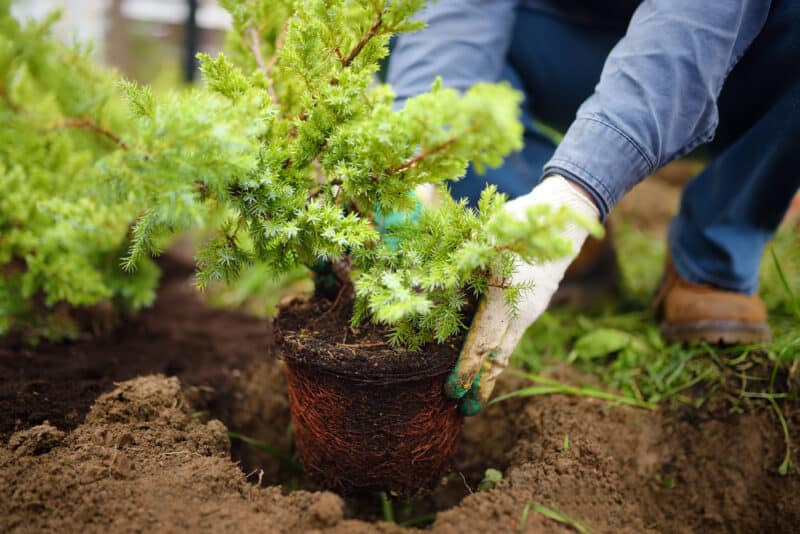
You should plant most species in early spring, so they have enough time to settle and get rooted in the soil.
Choose species that will grow well in the conditions that you have. If your planting environment is arid, you don’t want to use a water-loving species.
Before planting, amend the soil with well-rotted compost. All plants can benefit from the nutrients and improved texture.
Once you have suitable species and proper soil, it’s time to plant.
Place your plants in a row, but put them closer together than is typically recommended. For instance, if blackberry plants should generally be five feet apart, place them more like two-and-a-half feet apart.
You can put garden twine and metal poles between each plant to keep them in place and provide temporary fencing until the plants grow larger.
Weeds can be problematic because they’ll prevent the plant from filling in. It’s important to control weed growth in the area where you want to grow the structure.
Help With Spacing
To ensure your plants are appropriately spaced, mark the edges where you want the border to stop and begin. Then, run a piece of twine between them and mark where each plant needs to be.
Dig a hole at each marked location.
This can be helpful because you might not be able to dig all the holes you need in one go. It might take several days. This way, you know right where to pick up your work.
Weave a Willow Fedge

Willow trees make a unique fedge that you can weave into a fence-like form. This makes your fedge look nice and adds a decorative element that works well with the rest of your garden.
For instance, you can place a fedge in the back of a flower garden, and your plants will pop with color!
Weaving can be done by gently bending the whips and wrapping them around each other. You can braid them, create a diamond pattern, or just go with what looks best to you.
To ensure that the final structure is secure and will firm up as you envision, wrap garden twine around each joint. That way, wind or bumping the structure won’t ruin it.
You won’t need to keep the twine on the fedge forever. Once the structure has established roots in the soil, and the wood has hardened up, you can remove the twine. In the meantime, check the twine frequently to ensure it isn’t cutting into the tree.
This process can take months, so be patient.
While you’re at it, you could also create a willow archway to walk through your fedge. Install a little gate, and you have a fairytale-like entrance.
Maintaining a Willow Fedge
Willow fedges are easy to maintain if you occasionally prune the edges and watch for broken or unraveled weaves. Trim and re-weave the willow throughout the year to encourage new growth and maintain its shape.
You will also have to look out for weeds and remove them if they start appearing near your fedge.
If you need to replace any living willow, pick the same cultivar that you used initially. This is essential if you want your fedge to look uniform.
Make a Flower Fedge
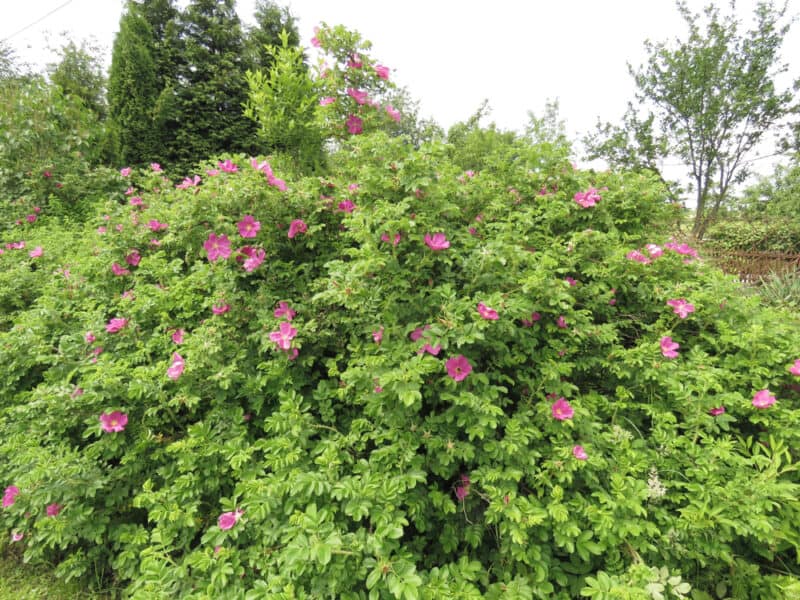
Your fedge doesn’t have to be totally utilitarian. You can use plants with beautiful flowers. Rugosa roses (Rosa rugosa), hawthorns (Crataegus spp.), weigela (Weigela spp.), and lilacs (Syringa spp.) all make pretty options.
Depending on the species, you might need to train the young plants to encourage multiple trunks and dense branching.
Make sure to prune your plant appropriately for the species. You don’t want to go and trim the fedge and discover that you pruned off the part of the plant that was developing blossoms for the following year.
Create a Food Fedge
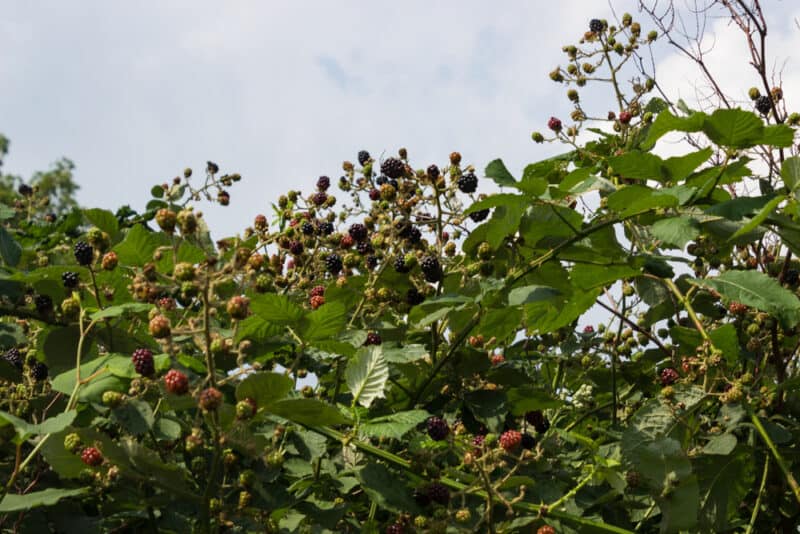
To create a food hedge, use edible species with a dense growth habit. You can even combine a bunch of plants. Imagine a pretty fedge with rugosa roses (Rosa rugosa), blackberries (Rubus spp.), gooseberries (Ribes uva-crispa), and natal plum (Carissa macrocarpa).
The trick is to set the plants close together but not so close that you promote pests or diseases. Don’t place them closer than half of the recommended distance.
